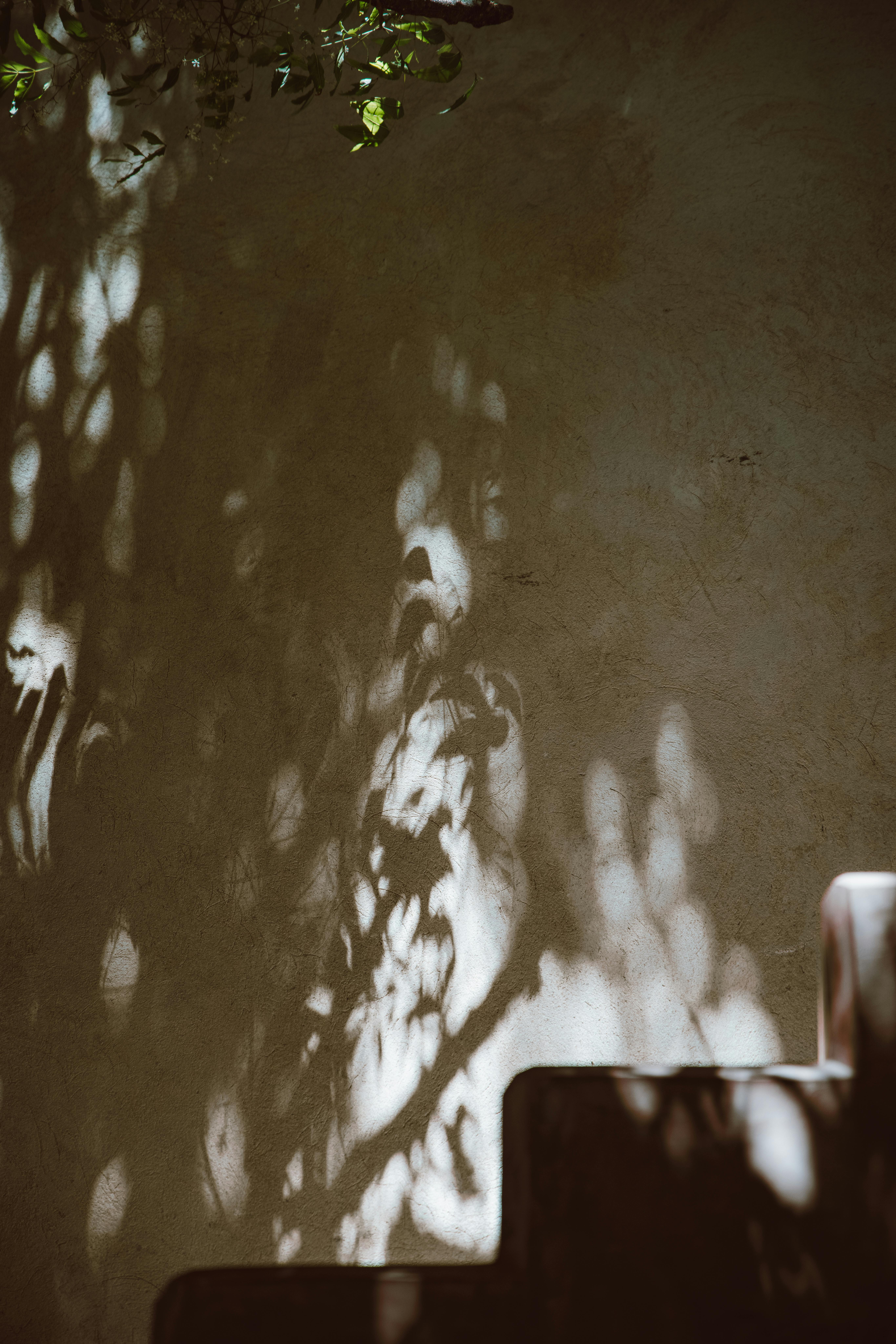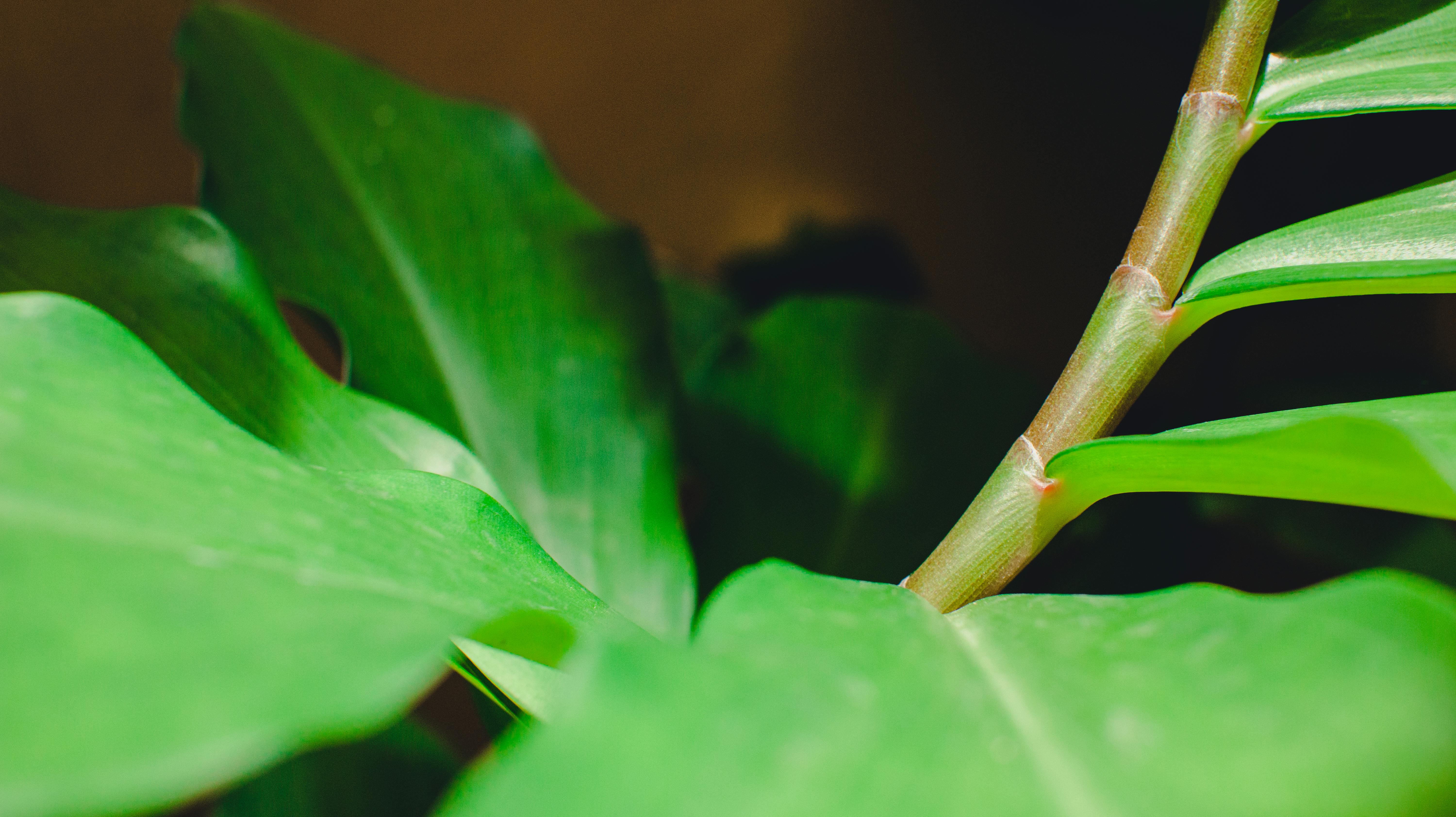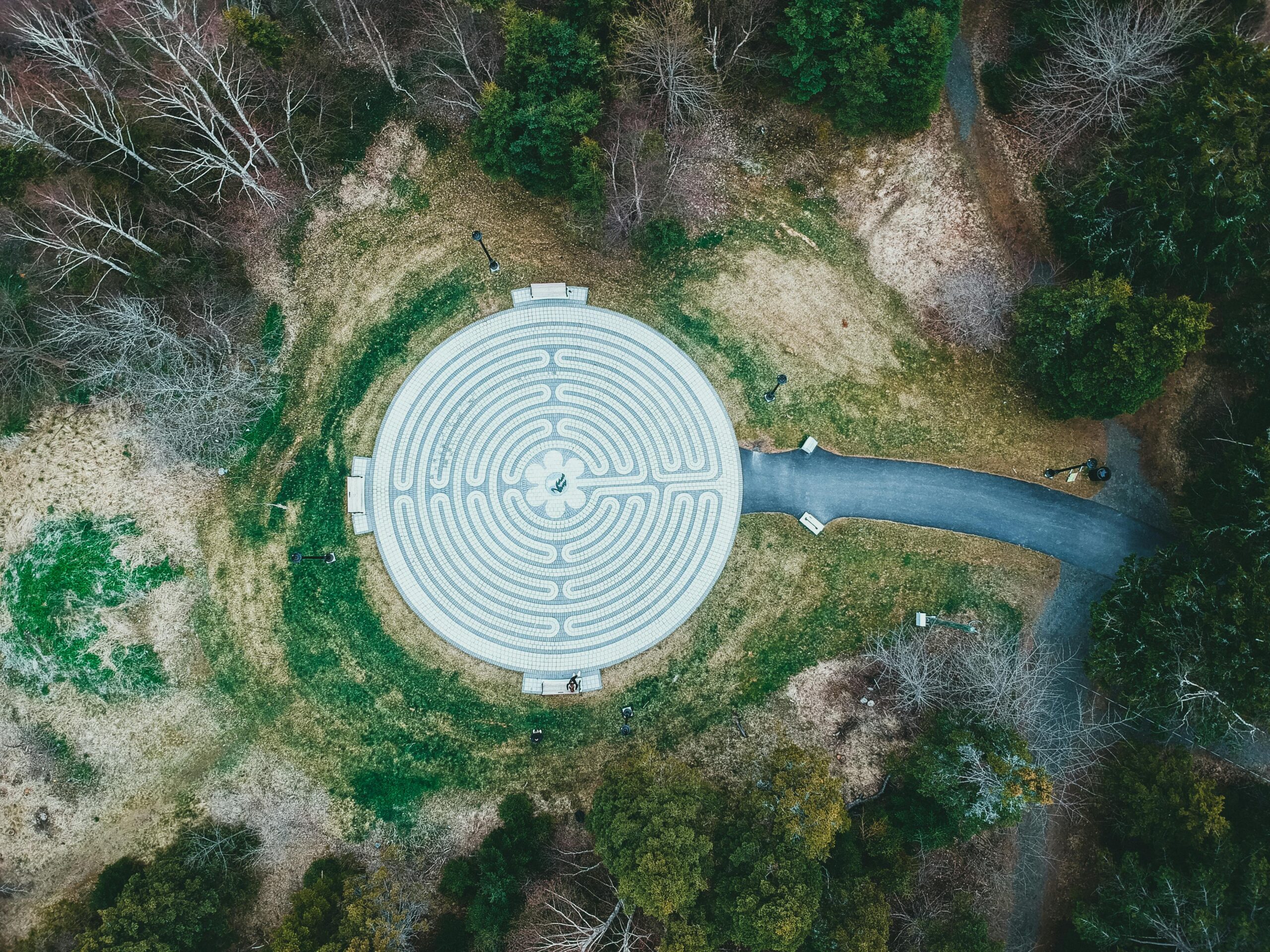Gestalten Garten: Your Guide to Creating the Perfect Garden
Understanding the Basics of Garten Gestaltung
Garten Gestaltung, or garden design, is an art that combines creativity and functionality to transform outdoor spaces. It involves selecting plants, allocating spaces effectively, and choosing features that harmonize with the environment. When planning your garden, consider factors like light exposure, soil quality, and climate. A well-designed garden can enhance property value, provide relaxation, and foster a deeper connection with nature. Optimizing the layout through strategic design can create focal points, cozy areas for entertaining, and functional spaces for gardening activities.
The Importance of Layout in Garten Gestaltung
One key aspect of successful Garten Gestaltung is the layout. The layout should cater to the specific needs of the garden user, whether it’s a family garden, an ornamental garden, or a vegetable patch. Start by sketching a blueprint that considers existing structures, natural features, and intended uses. For example, placing seating areas near blooming flower beds can enhance the aesthetic while offering a serene retreat. Adequate pathways are also essential; they facilitate movement and can be designed to be visually appealing, perhaps using stones or decorative tiles to lead visitors through the garden.
Choosing the Right Plants for Your Garden
Selecting the right plants is crucial in Garten Gestaltung. Consider a variety of factors such as color, texture, and seasonal bloom times to create a dynamic and visually interesting landscape. Native plants are often recommended due to their adaptability and low maintenance needs. For instance, incorporating shrubs like lavender not only enhances fragrance but also attracts pollinators. When grouping plants, utilize varying heights and colors to create depth and interest. Incorporate perennial flowers that return every year to ensure a sustainable and vibrant garden without constant replanting.
Incorporating Features and Decorations
Decorative elements play a pivotal role in Garten Gestaltung. Features such as water fountains, bird feeders, and sculptures can serve as focal points and enhance the overall ambiance of the garden. It’s important to choose features that complement your plant choices and the overall design theme. For example, a rustic wooden bench positioned under a flowering tree can create a picturesque spot for relaxation. Additionally, garden lighting not only improves safety but adds magical ambiance during the evening, transforming the garden into an enchanting space for gatherings and celebrations.

Practical Steps for Effective Garten Gestaltung
Embarking on a Garten Gestaltung project requires careful planning and execution. Start by assessing your space and identifying your goals—whether you want a garden for relaxation, recreation, or growing vegetables. Once you have clear objectives, visualize your garden through sketches or design software. This can help you visualize your ideas and avoid potential issues before physical implementation. Don’t forget to factor in elements like irrigation and maintenance in your plan, ensuring your garden flourishes for years to come.
Creating a Sustainable Garden
Sustainability is increasingly vital in Garten Gestaltung. Opt for organic gardening practices, which include using natural pest control methods, composting kitchen scraps, and conserving water through efficient irrigation techniques. Implementing rain gardens or using permeable paving can help manage stormwater, reducing runoff and promoting water conservation. Furthermore, selecting drought-resistant plants can significantly reduce water usage, creating an eco-friendly garden that thrives without excessive resource demands.
Case Study: Transforming a Small Space
Let’s look at a practical example of Garten Gestaltung in a small urban backyard. Initially, this space was cluttered with overgrown bushes and limited greenery. By adopting a minimalist approach, the owner cleared the area and divided it into functional zones. A small seating area made of reclaimed wood was integrated along with vertical planters that utilize limited ground space for growing vegetables and herbs. This transformation not only maximized space but also created a peaceful oasis amidst urban life, demonstrating that even small areas can be designed beautifully and functionally.

Maintaining Your Garden Design
Maintenance is key to sustaining a beautiful Garten Gestaltung. Establishing a regular upkeep routine, including watering, weeding, and pruning, will keep your garden vibrant and healthy. Take note of seasonal changes and adapt your maintenance approach, such as mulching in summer to retain moisture and prepping for winter dormancy. Additionally, being mindful of the health of your plants and addressing any diseases or pests promptly will ensure that your garden remains a thriving and enjoyable space.
Conclusion
Garten Gestaltung is a fulfilling endeavor that allows you to express creativity while enhancing your outdoor environment. Whether you are working with a vast landscape or a compact space, thoughtful design principles and careful plant selection will lead to a beautiful and functional garden. Remember to incorporate sustainable practices for lasting impact, and enjoy the journey of nurturing your garden into a personal paradise.
FAQ
1. What are the essential elements of Garten Gestaltung?
The essential elements of Garten Gestaltung include understanding the space, plant selection, layout design, and maintenance practices. A successful garden incorporates various plant types, thoughtful placement, and features like paths, seating, and decorations that enhance both aesthetics and functionality.
2. How can I make my garden more sustainable?
To make your garden more sustainable, focus on using native plants, implement water-saving irrigation techniques, practice organic gardening, and use compost to nourish your soil. These practices not only help the environment but also reduce maintenance efforts.
3. What are some common garden design mistakes to avoid?
Common garden design mistakes include overcrowding plants, ignoring the scale of features to the space, neglecting sunlight requirements, and failing to plan for maintenance. Always consider each plant’s growth potential and ensure there is enough space for them to thrive.
4. How do I choose the right plants for my garden?
Choosing the right plants for your garden involves considering your local climate, soil type, and the intended use of the garden. Research native plants suited to your area, and select a mix of annuals and perennials to ensure continuous blooms and variety throughout the seasons.
5. Can I design a garden myself, or do I need a professional?
Yes, many people successfully design their own gardens using resources from books, websites, and gardening communities. However, consulting a professional can be beneficial for larger, more complex projects or if you desire expert advice tailored to your specific circumstances.
